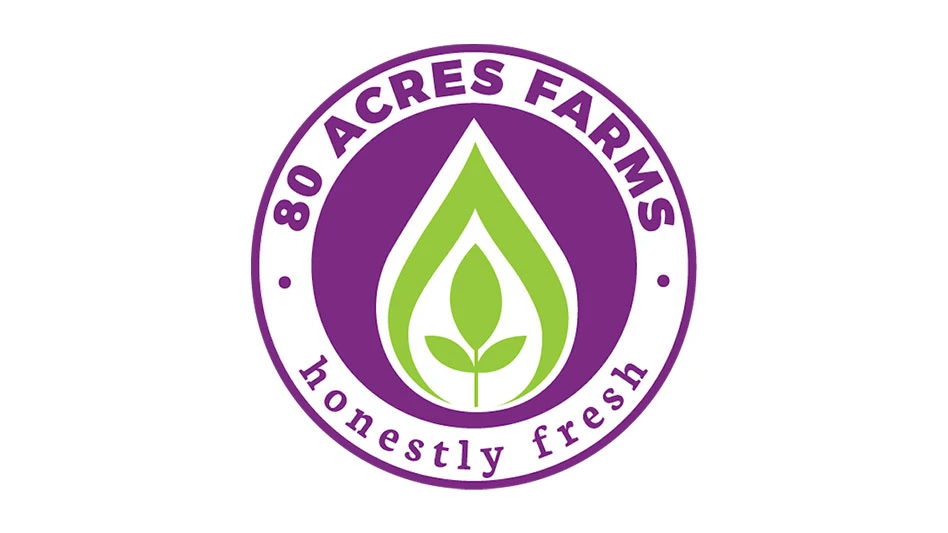
© ruslan_shramko | Adobe Stock
Over the past several decades, the fresh tomato market in the United States has experienced steady growth. In the early 1980s, yearly per-capita consumption was about 12 pounds, but between 2010 and 2017, per-capita availability increased to about 20.7 pounds, according to a report from USDA’s Economic Research Service (ERS) titled, “Unpacking the Growth in Per Capita Availability of Fresh Market Tomatoes.”
“Growing imports, changing consumer demographics and tastes, and emerging production technology are among the major factors shaping the demand for and supply of fresh market tomatoes,” the report reads.
Jennifer K. Bond, senior agricultural economist at ERS and one of the authors of the paper, explains some of the reasons behind this rise. According to her cited studies, Hispanic and Asian immigrants help account for increased consumption rates because of their heavy intake of tomatoes. She also refers to a report from Lucier et al. (2000) that stated that “Hispanic consumers were the strongest consumers of fresh-market tomatoes.”
At the same time, Bond notes, consumers have increased their intake of fresh produce in the pursuit of healthy lifestyles, and tomatoes contain beneficial vitamins and minerals such as vitamin C, folate, potassium and lycopene.
USDA’s Agricultural Marketing Service (AMS) reports that over the past two decades, the rise in U.S. tomato production has specifically included increases of greenhouse-grown tomatoes. In 2000, AMS didn’t report any shipments of greenhouse-grown tomatoes within the U.S. However, annual shipments of greenhouse-grown tomatoes were around 375 million pounds between 2005 and 2012, and greenhouse-produced tomatoes made up more than 5% of total tomato shipments in 2017.
In 2014, the states with the highest greenhouse tomato production were California, Nebraska, Minnesota and New York, each with more than 10 million pounds of production, according to the 2014 Census of Horticultural Specialties. (The Census of Horticultural Specialties is conducted every five years, and the 2019 edition will be available in 2020 December, according to USDA.)
Greenhouse tomato production thrives in areas where field tomato production is high as well as in northern latitudes that experience an offseason, Bond says.

“Based on data from the 2014 Census of Horticultural Specialties, there is some greenhouse production clustered in traditional field-tomato production states — most especially California and parts of the South,” she says. “In these regions, there are likely some economies of scale and scope that encourage production.”
Meanwhile, Bond and her colleagues at ERS also stated in their paper that controlled greenhouse environments provide northern growers with opportunities to sell into markets where fresh tomato availability may otherwise be limited.
The ERS paper also cites “better product consistency” and “improved yields” as benefits that “make greenhouse tomato production an increasingly attractive alternative to field production despite higher production costs.”
AMS has reported figures of greenhouse tomato shipments around 200 million pounds every year for the past several years, while noting “the withdrawal of a major shipper from the AMS voluntary reporting process after 2013.” In reality, that figure is likely higher, Bond and her co-authors write.
The 2014 Census of Horticultural Specialties notes that between 2009 and 2014, the number of operations growing food crops under protection increased from 1,476 to 2,521, while over the same period, sales figures for those crops increased from roughly $553 million to about $797 million. With Produce Grower’s audience reporting year after year through State of the Industry research that tomatoes make up between 60 and 85% of their production, it’s safe to assume greenhouse-grown tomatoes are responsible for filling a significant portion of those greenhouses — or full greenhouses — and bringing in much of that revenue.
ERS’ most recent Vegetable and Pulses Outlook, from September 2019, shows that fresh-market vegetable and tomato shipments increased between 2017 August YTD and 2018 August YTD, and increased again from 2018 August YTD to 2019 August YTD. However, greenhouse tomatoes saw dips over those same periods. Also, Produce Grower’s SOI respondents reported that 64% of their production was dedicated to tomatoes in 2018 and 2019, down from 83% in 2017 and 81% in 2016. Streamlining production and making inroads into more consumer markets could allow greenhouse tomato producers to achieve greater market share of the larger tomato industry, as they have over the past 20 years.

Explore the February 2020 Issue
Check out more from this issue and find your next story to read.
Latest from Produce Grower
- The Growth Industry Episode 3: Across the Pond with Neville Stein
- University of Evansville launches 'We Grow Aces!' to tackle food insecurity with anu, eko Solutions
- Lawsuit challenges new H-2 visa rules
- Q&A: Sandra Eskin Leads Food Safety Advocacy Organization, STOP, as CEO
- Find out what's in FMI's Power of Produce 2025 report
- Martin A. Makary Sworn in as FDA Commissioner
- PG CEA HERB Part 2: Analyzing basil nutrient disorders
- LettUs Grow, KG Systems partner on Advanced Aeroponics technology





